What's the meaning of the Nataraja »
Nataraja
This page is about the meaning, origin and characteristic of the symbol, emblem, seal, sign, logo or flag: Nataraja.
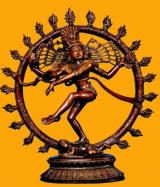
Nataraja symbol is a representation of dancing form of Lord Shiva. The dance form is called as ‘Taandavam’ or ‘Nadanta’. It is considered one of the finest illustrations of the Hindu culture and art. Nataraja is a Sanskrit word meaning that Lord Shiva is the King (Raja) of dance (Nata).
It is said that Lord Shiva performed the Tandava whenever he was angry and hence it is a vigorous form of dance. The other form is Lasya which is a gentle form of dance. These two forms depict the two aspects of Lord Shiva, the destroyer of universe – destroying in order to build everything again.
Most of the dance positions are depicted in the beautiful Ellora caves, Elephanta caves and Badami caves situated in India. However, the largest Nataraja statue is present in Neyvelli, Tamil Nadu from where the dance is believed to have originated during the Chola dynasty rule.
The dance form is energetic with rhythmic music, which is synonymous to all movements in the universe. The circular frame that surrounds Lord Shiva represents the same.
The beauty of Nataraja is celebrated in the hundred and eight poses of the Indian classical dance Bharatanatyam. Natarajasana is also one of the popular poses in Yogasana.
Though some people say that since Nataraja was a dance form taken by Lord Shiva in anger, it should not be kept at home and it brings negative energy, this is not true. Keeping Nataraja idol in the North East direction is auspicious. That is because the Tandava is a celestial dance and Lord Shiva is believed to dance when he is extremely happy. There are also depictions of Lord Shiva and Goddess Parvati performing the dance in joy.
Some people also confuse the demon on which Lord Shiva is standing as a baby. However, the body is of the demon named Apasmara meaning the demon of ignorance (or egotism). Through this dance, Lord Shiva relieves the egotism present in each one of us, dissolving it all within himself.
Read the details of the pose on the wiki page of Nataraja.
- 368 Views
Graphical characteristics:
Symmetric, Closed shape, Monochrome, Contains both straight and curved lines, Has no crossing lines.
Category: Religious Symbols.
Nataraja is part of the Hindu Symbols group.
More symbols in Hindu Symbols:

More symbols in Religious Symbols:
Religious symbolism is the use of symbols, including archetypes, acts, artwork, events, or natural phenomena, by a religion. Religions view religious texts, rituals, and works of art as symbols of co… read more »
Citation
Use the citation below to add this symbol to your bibliography:
Style:MLAChicagoAPA
"Nataraja." Symbols.com. STANDS4 LLC, 2025. Web. 22 Feb. 2025. <https://www.symbols.com/symbol/nataraja>.


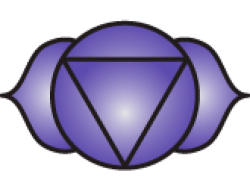

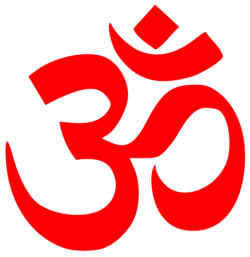



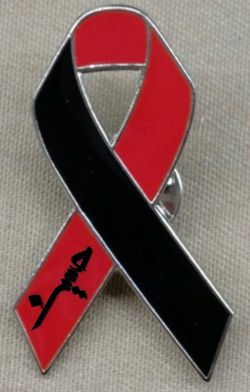


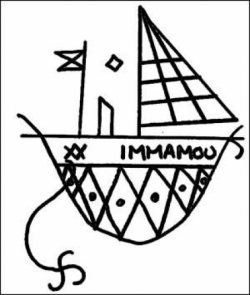




Have a discussion about Nataraja with the community:
Report Comment
We're doing our best to make sure our content is useful, accurate and safe.
If by any chance you spot an inappropriate comment while navigating through our website please use this form to let us know, and we'll take care of it shortly.
Attachment
You need to be logged in to favorite.
Log In